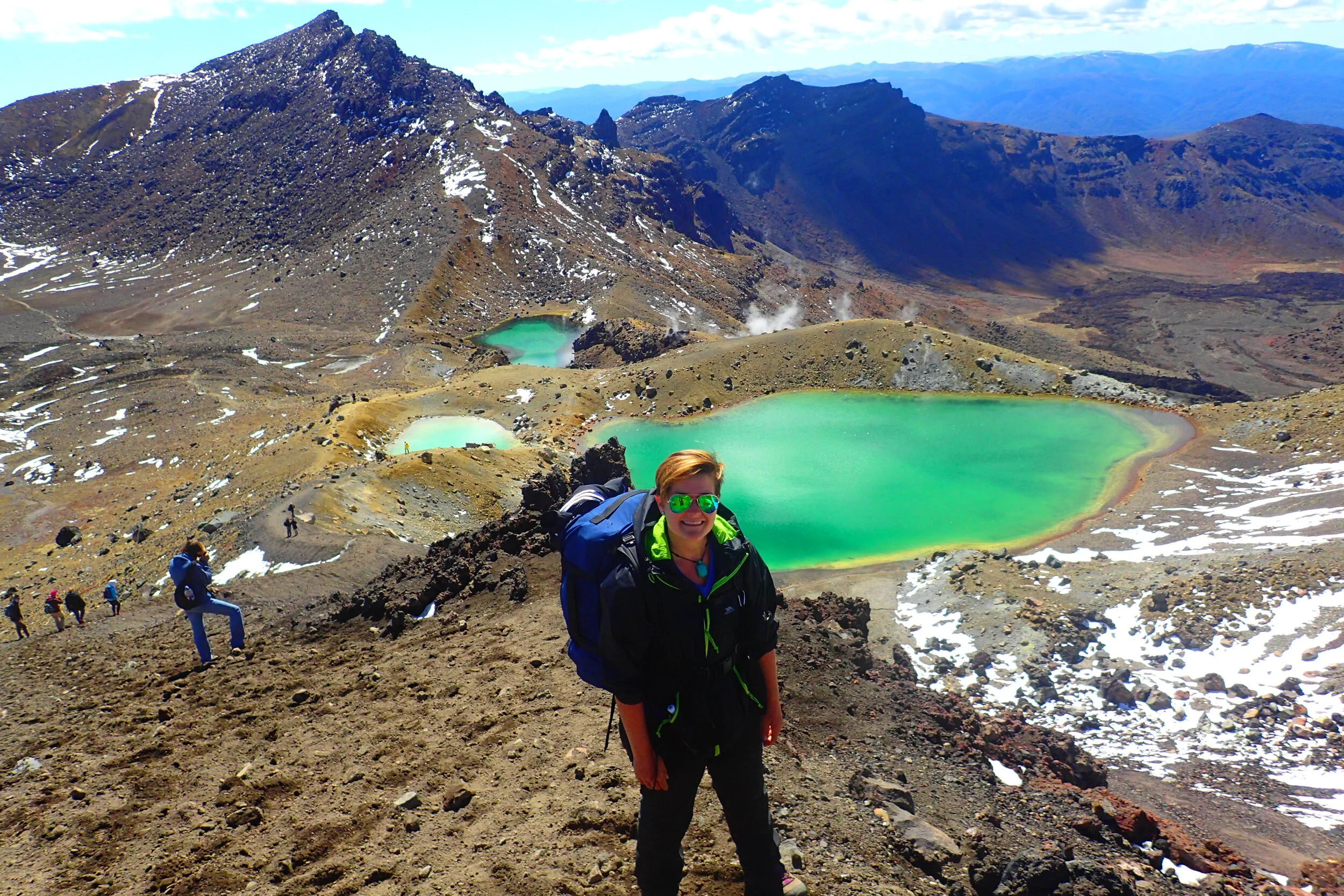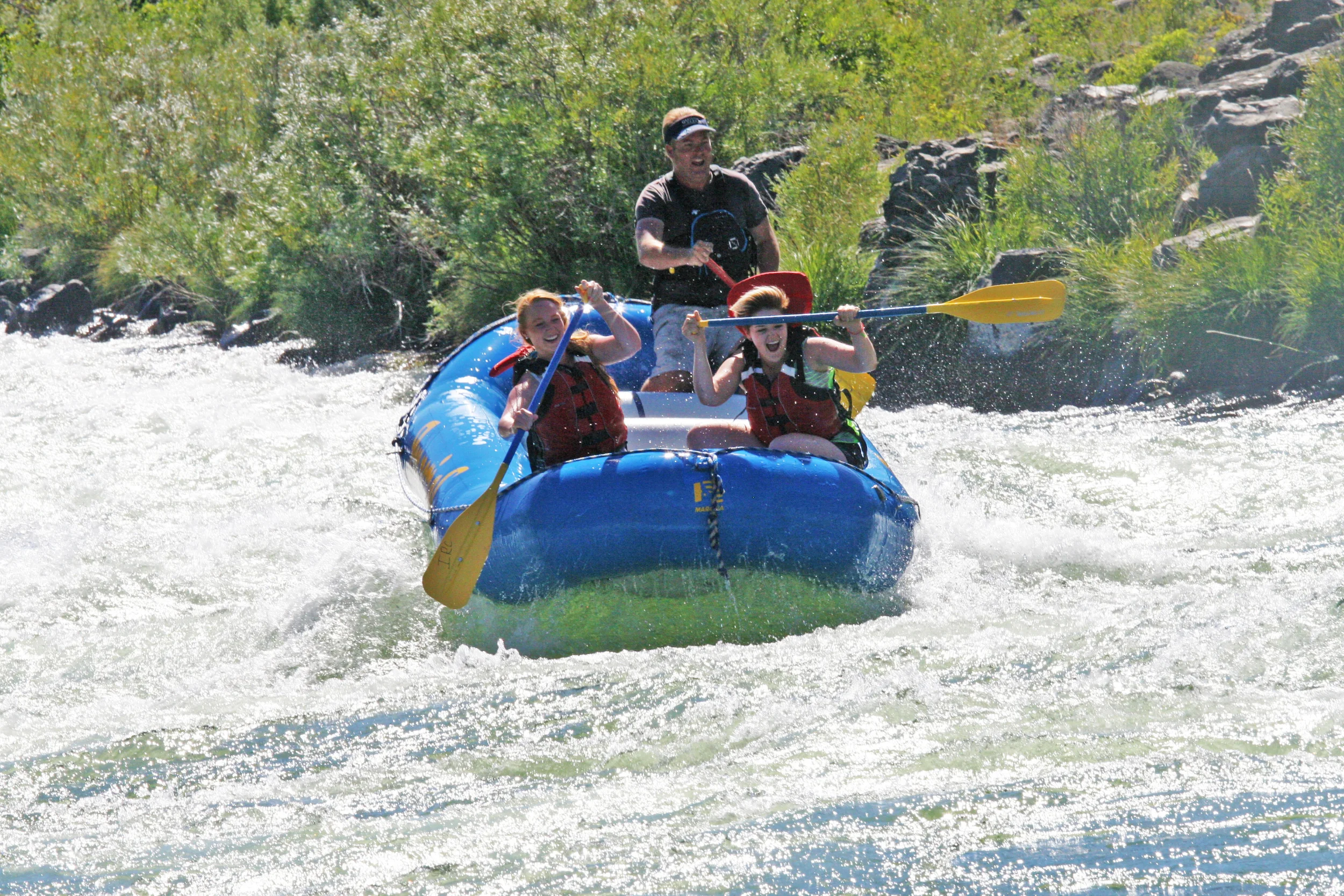I love discovering unexpected gems during my travels. While exploring the West Coast and all its stunning, coastal scenery, I came across Hokitika, a charming beach-side location residents literally call “the cool little town.” I could not agree more!
Hokitika turned out to be a pleasant surprise both times I had the chance to visit. The first visit was for lunch with my two German friends and the second time was for some beach fun with Carolina. All of us were struck by this town’s vibrant culture and charisma as we tasted its food, observed its art, and learned about its golden history.
I took a while to post this time because this may very well be the most personal one I’ve written yet! The more personal, the more careful a writer I am—so that's a good thing! Although this post is personal, I do hope others will find the history described here interesting or even relevant to their own lives. People travel for all sorts of reasons. Tracing a family history is just one reason, and it only applies to why I chose Germany as one of the stops during my year of deviation. I hope this post resonates with those of you who maybe have traveled for this reason before or perhaps you are aspiring to do so one day as well!
Lots of people have grandparents in their lives for a large chunk of their childhood and sometimes even into adulthood. Some are less fortunate to ever have any in their lives at all. I was fortunate enough to have two grandparents on my father’s side, Arthur and Shirley, and my grandmother on my mother’s side, Josephine, for at least part of my childhood. They all died by the time I was 12.
The name Dachau typically conjures up horrible images among foreigners. Among Deutschland natives, the name brings up feelings of shame about Germany’s past. When I told others I was going to be visiting relatives in Dachau, they usually looked at me quizzically before asking, "Oh! So you’re going to visit the concentration camp?” Yes, Dachau is the name of one of the most infamous concentration camps in Germany. Yes, I did visit the camp during my stay. But Dachau is not only a concentration camp—it’s also a town populated by over 45,000 people. Two of those people are my cousin and her partner.
The both of them are well aware of what comes to mind whenever Dachau is named. They told me Dachau residentsdrive and park their cars around Germany and the rest of Europe at their own risk. With license plates sporting the name Dachau from local dealerships, resident’s vehicles have been known to be vandalized as a result of the strong emotional response tied to the town’s name. Declaring hometown pride for Dachau must be challenging for residents. I certainly can understand the difficulty seeing the name stamped on someone’s car, like a badge of hate. At the same time, it's important to realize the name also represents a small town along the River Amper in Bavaria. This is why I’ve decided to write about the concentration camp and the town in this post.
Considered the “capitol of northern Iceland,” Akureyri sits at the Eyjafjörður fjord and is the second largest city with just under 18,000 people. We decided to make it our first and only two-night stopover after Mývatn’s flies ran us out of town the night before. Fabrice and I had no plans except to make new friends again since the group we met the night before had split up and left town—Canada and England were traveling south and France, Germany, and Wales were traveling to the northwest fjords. We had a great experience hanging out with them so we were craving more interactions just like it. Good times with new people can be rather addicting!
Having missed out on the hot springs in Mývatn, we decided to go to the Akureyri public pools. While these were not exactly natural hot springs, they were a welcomed alternative to dealing with the flies! On the way to the pool, we got to witness a bit of the charm of Akureyri. Small parks and cute shops lined the streets.
I laid in my top bunk under a hand-woven blanket watching the sunlight trickle in through the far window. I smiled to myself as I heard the light ba-ah-ah-ing of sheep in the distance mixed with the faint breathing of my two new friends laying in the bunks next to me. We had all stayed together in the same room the night before even though we could have each had our own room in the place. I had chosen the room on the east side strategically so the sunlight would warm me up in the morning. What I did not anticipate was the emotional warmth I would feel when Carolina and Fabrice decided to stay in the room with me. We were becoming fast friends, and now it was like we were children away at camp together.
The day before we began our Ring Road trip by detouring around the Golden Circle. Today we planned to get back on Route 1 to see some waterfalls before reaching Vik for the night. Today was also the day that I was to learn how to drive manual—finally! I had always wanted to learn. Most cars for rent (especially the less expensive ones) are manual in Iceland. So with Fabrice and Carolina as my teachers and nobody around on these country back roads, this was my opportunity.
When I looked out over Portland at Council Crest, the craggy, snowcapped Mt. Hood beckoned. That mountain felt to me like my ticket to an adventure—and I was right but in a most unexpected way. I booked a 24-hour car rental with my friend so we could drive to the Mt. Hood Adventure Park at SkiBowl in Government Camp, Oregon. Just an hour and a half outside of Portland, the park offers a series of activities: zip-lining, hiking tours, bungee jumping, horseback riding, and more. I figured it'd be a good place to find some fun. Once we arrived, we decided to do a water-related activity. I had my sights on stand-up paddle boarding but it was the day after July 4th. "Sorry, SUPs have been booked for weeks," the apologetic SkiBowl employee told us. She handed us their book of activities to flip through to find something else. White water rafting caught our attention.







